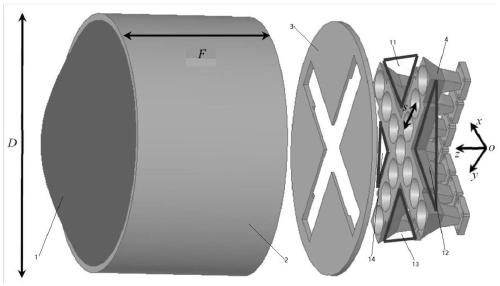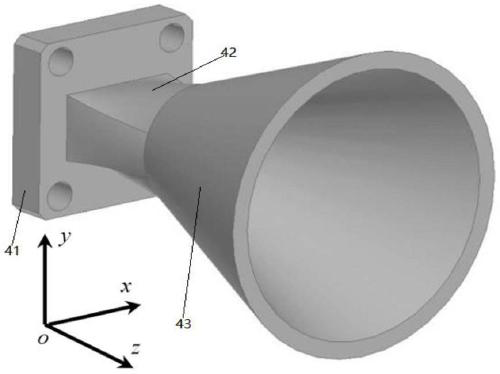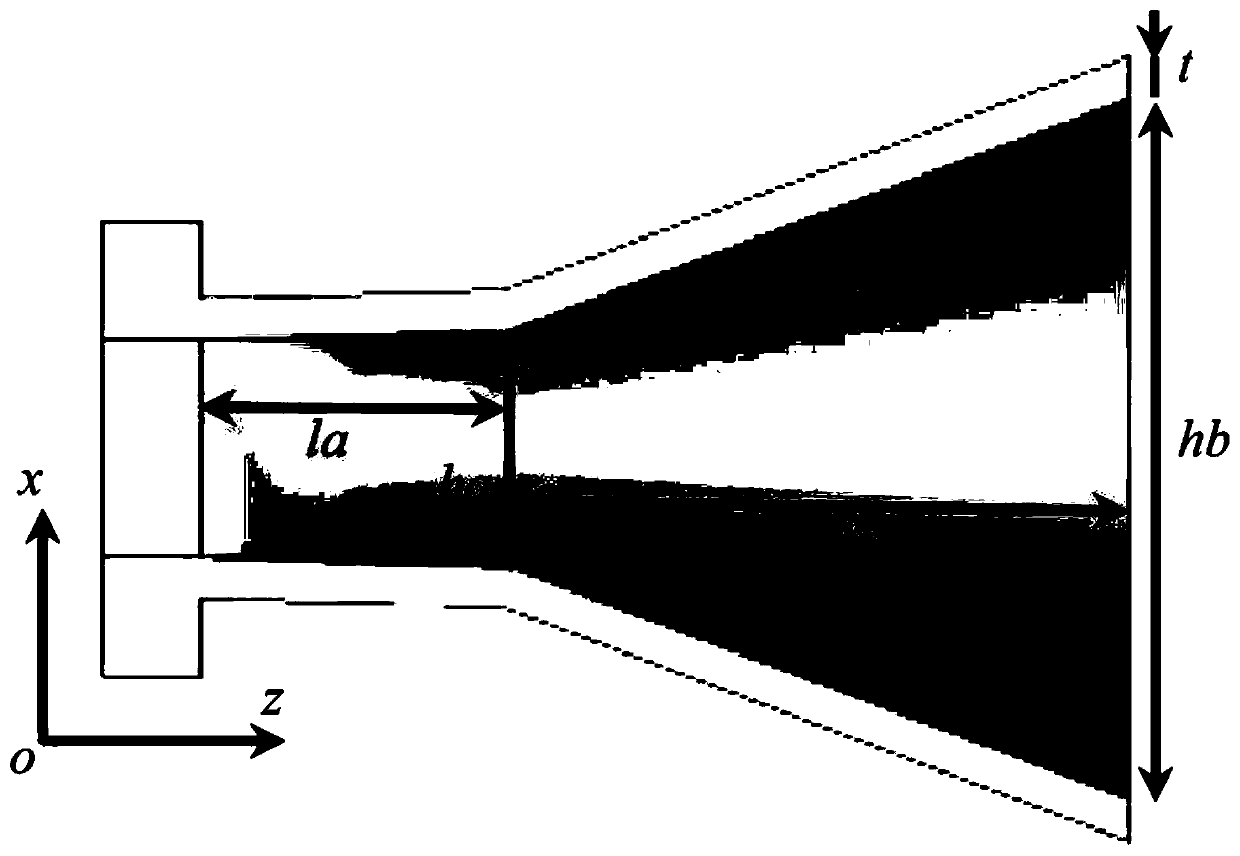A lens antenna based on 3D printing technology
A lens antenna, 3D printing technology, applied in the direction of antenna, antenna grounding switch structure connection, electrical components, etc., to achieve the effect of simplifying the process of hydrological data collection and state monitoring, covering a wide range and enriching choices
- Summary
- Abstract
- Description
- Claims
- Application Information
AI Technical Summary
Problems solved by technology
Method used
Image
Examples
Embodiment Construction
[0050] In order to make the above objects, features and advantages of the present invention more comprehensible, the present invention will be further described in detail below in conjunction with the accompanying drawings and specific embodiments. It should be understood that the specific embodiments described here are only used to explain the present invention, only a part of the embodiments of the present invention, not all the embodiments, and are not intended to limit the present invention.
[0051] The inventors found that most of the feed sources of current lens antennas use fixed single beams, and a few feed sources use multi-beams, but they are all one-dimensional linear arrays, so that the water space that the antenna can cover is very limited. However, the collection of hydrological information and the monitoring of the state of the water often require large space and all-round data. Using the existing lens antenna to complete the data collection and state monitoring...
PUM
 Login to View More
Login to View More Abstract
Description
Claims
Application Information
 Login to View More
Login to View More - Generate Ideas
- Intellectual Property
- Life Sciences
- Materials
- Tech Scout
- Unparalleled Data Quality
- Higher Quality Content
- 60% Fewer Hallucinations
Browse by: Latest US Patents, China's latest patents, Technical Efficacy Thesaurus, Application Domain, Technology Topic, Popular Technical Reports.
© 2025 PatSnap. All rights reserved.Legal|Privacy policy|Modern Slavery Act Transparency Statement|Sitemap|About US| Contact US: help@patsnap.com



